Nature’s Living Constellation
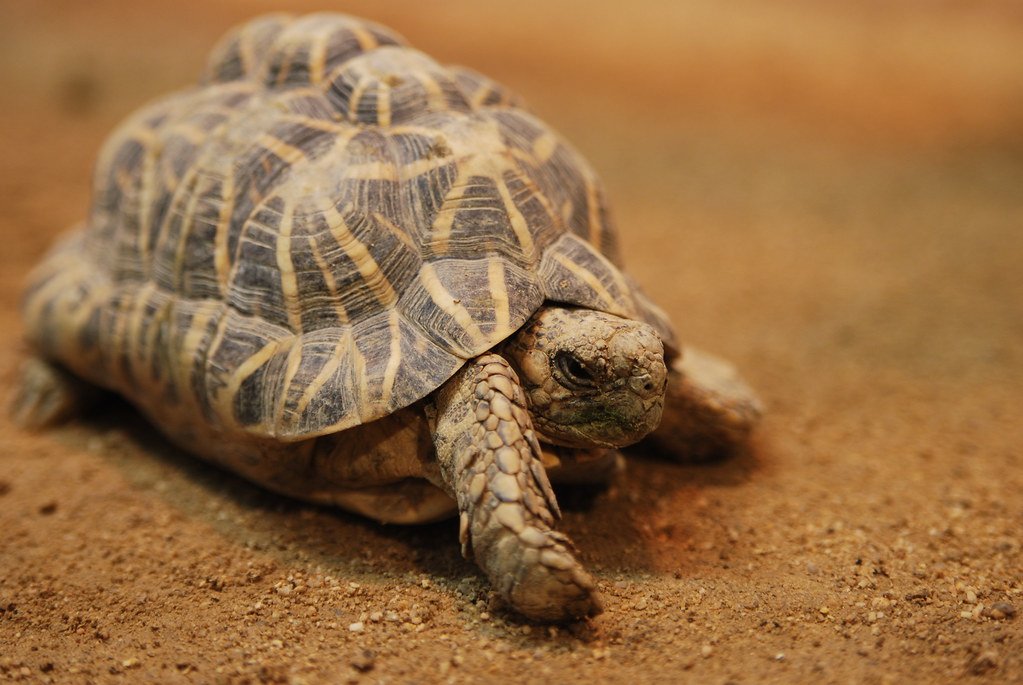
Imagine a creature that carries the night sky on its shell, each marking resembling a perfectly formed star. The Indian Star Tortoise doesn’t just walk through its habitat—it glides like a piece of living art across the landscape. This remarkable reptile has captivated pet enthusiasts and wildlife lovers for generations with its intricate shell patterns that seem almost too perfect to be real.
Their distinctive yellow radiating lines create star-like patterns across a dark carapace, earning them their celestial name. Each tortoise displays unique markings, like fingerprints that tell the story of their individual journey through life. These stunning creatures move with deliberate grace, proving that sometimes the most beautiful things in nature take their time to reveal themselves.
The Golden Dome of Protection
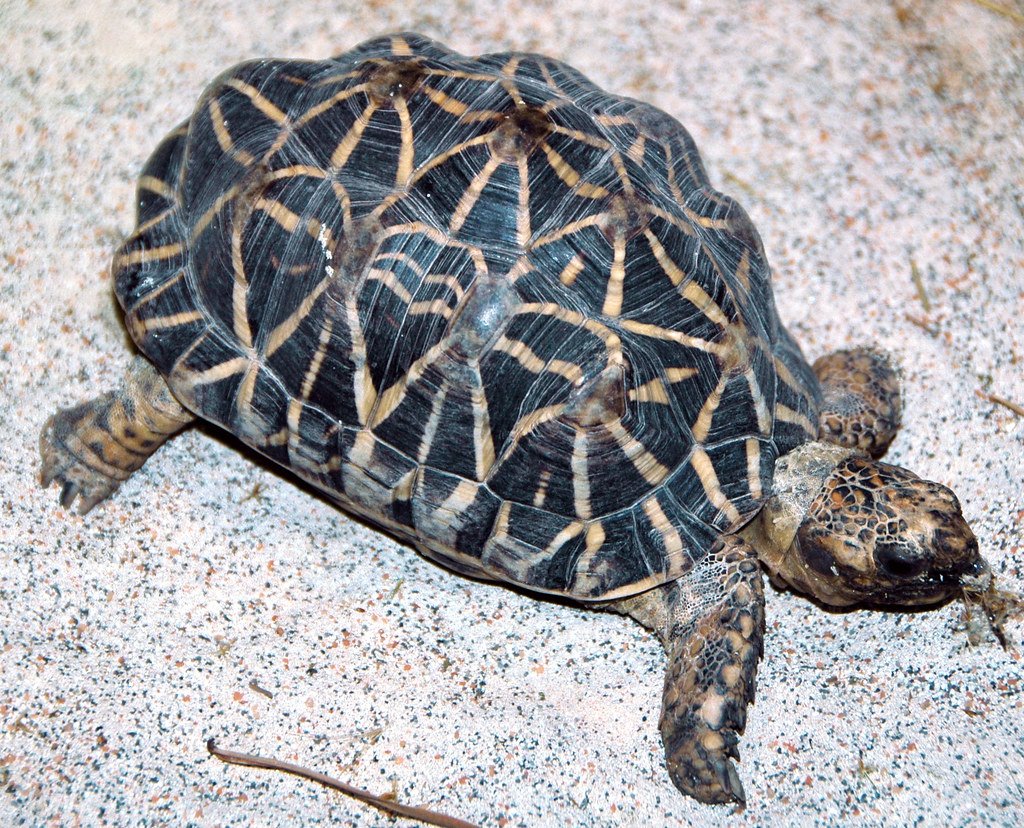
The Indian Star Tortoise’s shell isn’t just beautiful—it’s a masterpiece of natural engineering. The high-domed carapace serves as both armor and art, with each scute displaying intricate geometric patterns that would make any mathematician jealous. These protective shells can reach impressive sizes, with some specimens growing shells over a foot long.
What makes their shells truly special is how they change with age. Young tortoises display bright, vibrant star patterns that gradually deepen and become more pronounced as they mature. The shell’s texture develops character over time, creating a living record of the tortoise’s experiences and adventures through decades of slow, purposeful living.
Masters of Desert Survival

These remarkable creatures have evolved to thrive in some of India’s harshest environments. From the arid regions of Rajasthan to the scrublands of Tamil Nadu, Indian Star Tortoises have developed incredible adaptations for desert life. They can survive extreme temperatures and long periods without water, making them true champions of endurance.
Their ability to estivate—a form of summer hibernation—allows them to escape the scorching heat by burrowing into the ground. During monsoon season, they emerge to feast and prepare for the next dry spell. This remarkable survival strategy has helped them persist in challenging environments for millions of years.
The Gentle Giants of the Reptile World

Despite their intimidating appearance, Indian Star Tortoises are incredibly gentle creatures with fascinating personalities. Each tortoise develops its own unique behavior patterns, from preferred basking spots to favorite foods. Some individuals become surprisingly interactive with their caretakers, recognizing familiar faces and responding to routine feeding times.
Their calm demeanor makes them fascinating to observe, as they methodically explore their environment with curious determination. Watching a star tortoise navigate obstacles or investigate new objects reveals an intelligence that surprises many people. These aren’t just slow-moving shells—they’re thoughtful, deliberate creatures with complex behavioral patterns.
A Diet Fit for Royalty
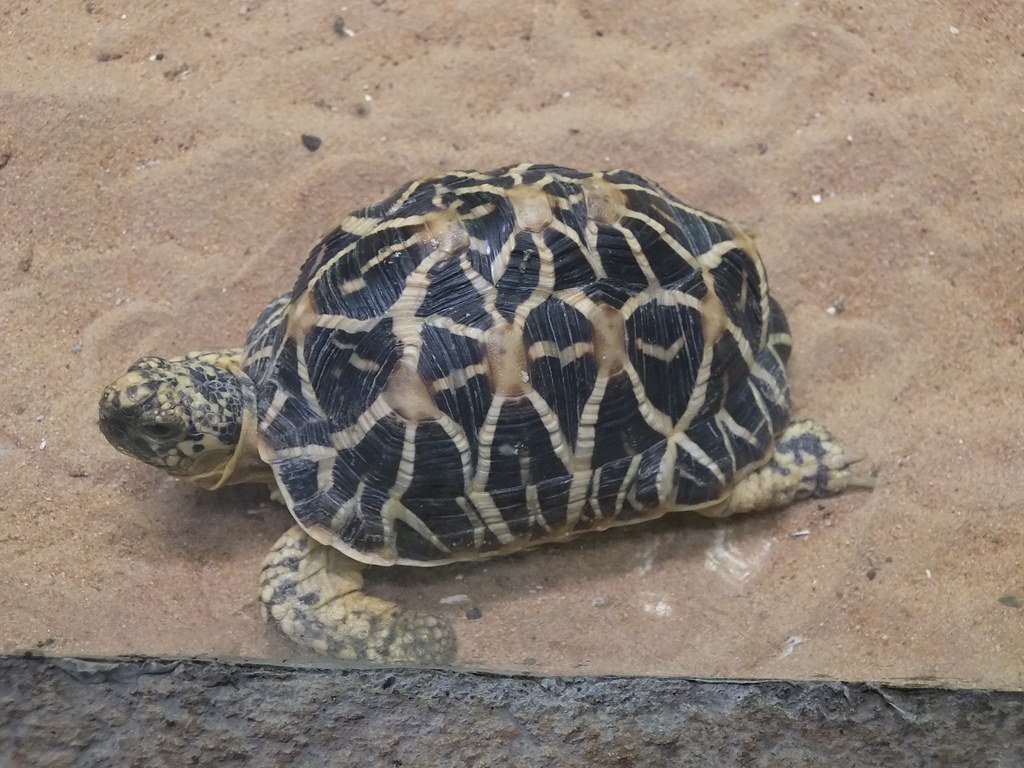
Indian Star Tortoises are primarily herbivorous, with a sophisticated palate that includes over 80 different plant species in the wild. They show remarkable selectivity in their food choices, often preferring certain flowers, fruits, and grasses over others. This dietary diversity is crucial for their health and explains why they’ve thrived in varied habitats across the Indian subcontinent.
In captivity, providing proper nutrition becomes an art form. These tortoises need a carefully balanced diet that mimics their natural feeding patterns. Fresh vegetables, certain fruits, and specially formulated tortoise pellets help maintain their vibrant shell colors and overall health. Their feeding behavior is methodical and peaceful, turning mealtime into a meditative experience.
The Heartbreaking Reality of the Pet Trade
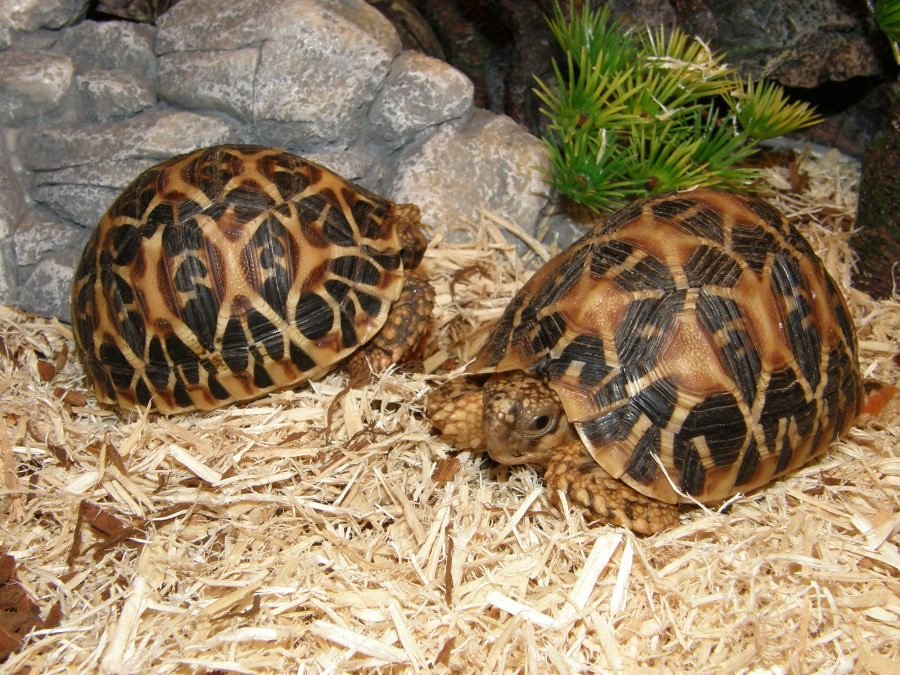
The stunning beauty that makes Indian Star Tortoises so captivating has unfortunately made them prime targets for illegal wildlife trafficking. Thousands of these magnificent creatures are captured from the wild each year, destined for the international pet trade. This devastating practice has pushed wild populations to the brink of extinction in many regions.
The irony is cruel—the very qualities that make people want to own these tortoises are being destroyed by the demand for them. Wild-caught tortoises often suffer tremendously during transport and rarely adapt well to captivity. Only captive-bred specimens from reputable sources should ever be considered for pet ownership, and even then, the commitment required is enormous.
Conservation Heroes Working Against Time

Dedicated wildlife conservationists across India and around the world are fighting to save these incredible creatures from extinction. Organizations like the Turtle Survival Alliance and various Indian wildlife protection groups work tirelessly to rescue trafficked tortoises and establish breeding programs. Their efforts represent hope in an otherwise dire situation.
These conservation heroes face enormous challenges, from limited funding to the complexity of reintroducing captive-bred tortoises into wild habitats. Success stories do exist—several facilities have successfully bred and released Indian Star Tortoises back into protected areas. However, the scale of the problem requires much more support and awareness from the global community.
The 50-Year Commitment
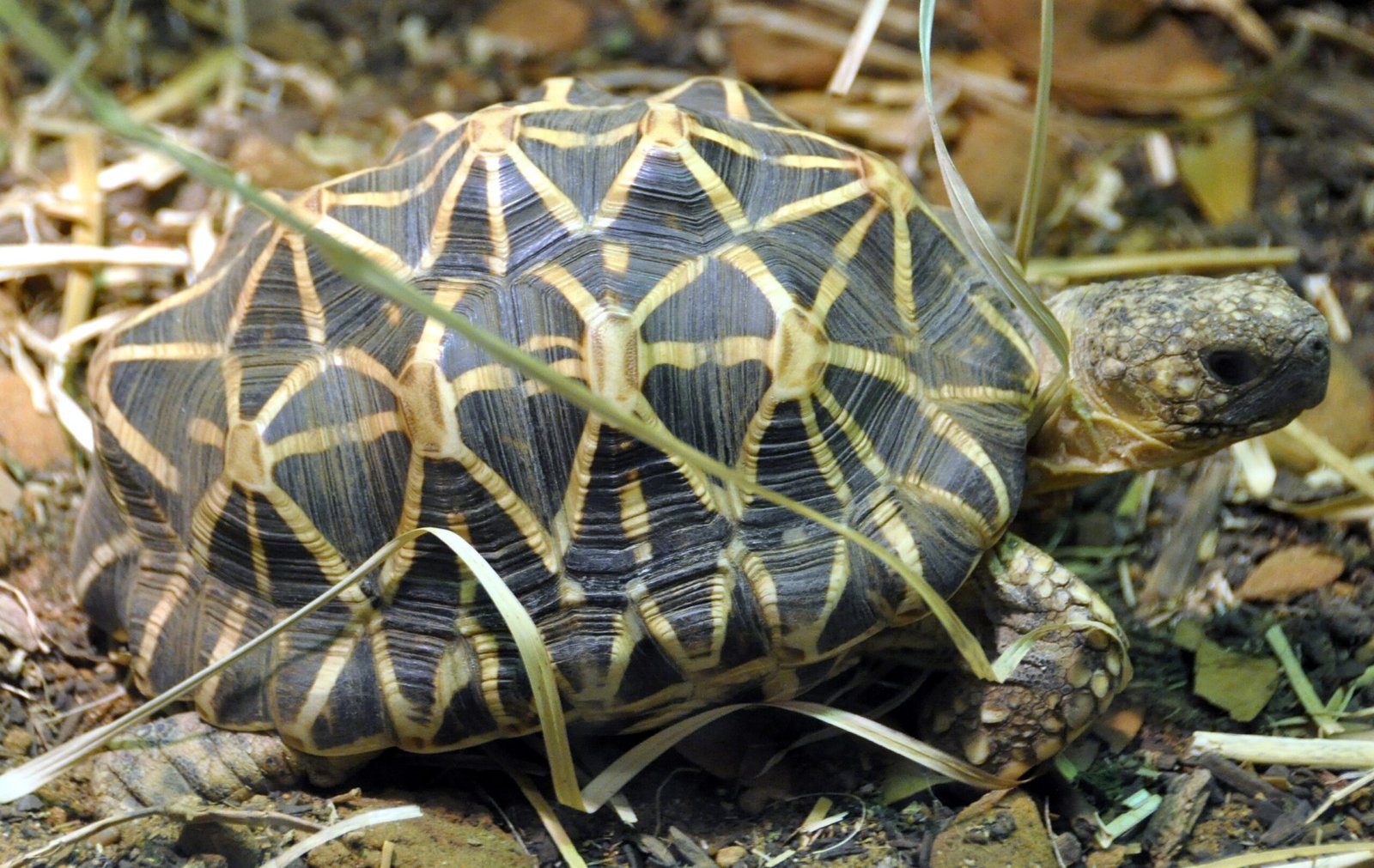
Owning an Indian Star Tortoise isn’t just getting a pet—it’s making a lifelong commitment that could span five decades or more. These tortoises can live well into their 80s with proper care, meaning they might outlive their owners. This longevity makes them both fascinating companions and serious responsibilities that require careful consideration.
Their care requirements are complex and demanding, involving precise temperature control, UV lighting, humidity management, and specialized diets. Many people underestimate the expertise, time, and financial resources needed to properly care for these creatures. The commitment extends far beyond the initial purchase, involving decades of consistent, specialized care.
Creating Paradise in Captivity

Proper housing for Indian Star Tortoises requires creating a miniature version of their natural habitat. This means providing large enclosures with temperature gradients, hiding spots, and appropriate substrates that allow for natural behaviors. The enclosure must accommodate their need for both basking and cooling areas, mimicking the thermal environments they would experience in the wild.
Outdoor housing in appropriate climates provides the best quality of life, allowing tortoises to experience natural sunlight and weather patterns. However, indoor setups can also work when properly designed with adequate space, lighting, and environmental controls. The key is understanding that these tortoises need room to roam and explore, not just survive in confined spaces.
The Illegal Wildlife Trade Crisis
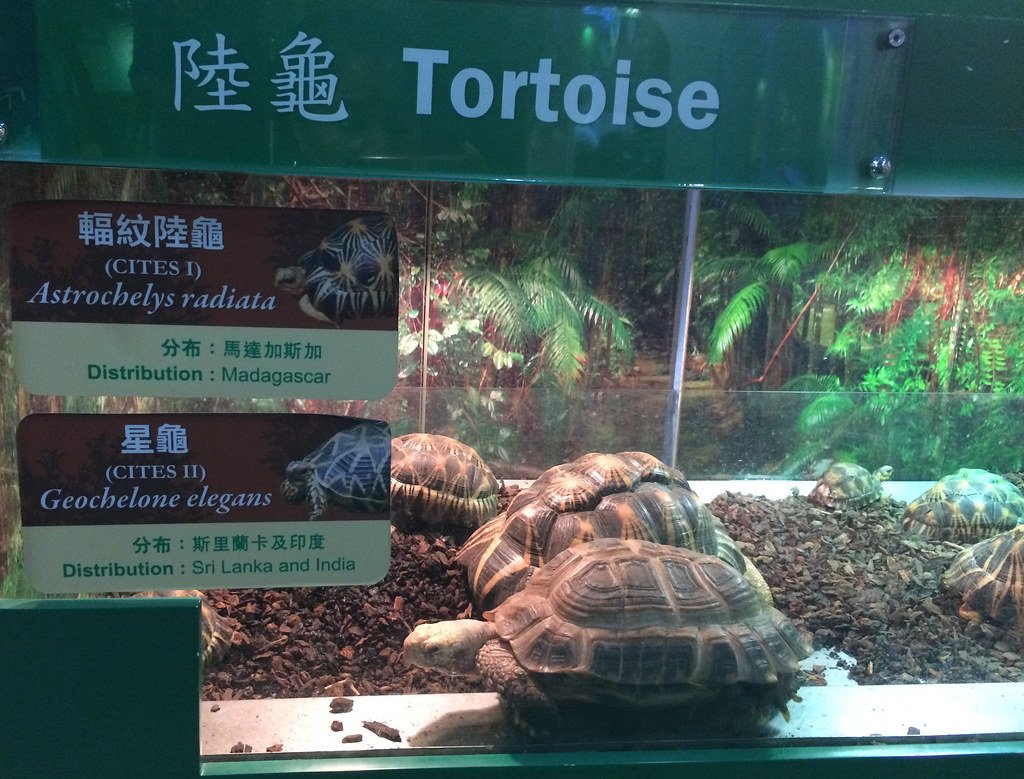
The Indian Star Tortoise has become one of the most trafficked reptile species in the world, with seizures of thousands of individuals occurring regularly at international borders. Criminal networks exploit these creatures for profit, often shipping them in horrific conditions with mortality rates exceeding 90%. This trade represents one of the most shameful chapters in the modern pet industry.
Law enforcement agencies struggle to combat this trade due to its international scope and the high profits involved. A single tortoise that might cost pennies to poach from the wild can sell for hundreds of dollars in illegal markets. The math is simple and devastating—as long as demand exists, criminal organizations will continue to decimate wild populations.
Hope Through Captive Breeding

Legitimate captive breeding programs offer the only sustainable path forward for keeping Indian Star Tortoises in human care. These programs require years of expertise, significant financial investment, and unwavering dedication to proper husbandry practices. Successful breeding helps reduce pressure on wild populations while ensuring genetic diversity for future generations.
Reputable breeders focus on maintaining healthy bloodlines, proper socialization, and comprehensive health records for their animals. They also educate new owners about the enormous responsibilities involved in tortoise care. Supporting these ethical breeding programs, rather than contributing to the illegal trade, represents the only morally acceptable approach to tortoise ownership.
The Future Hangs in the Balance
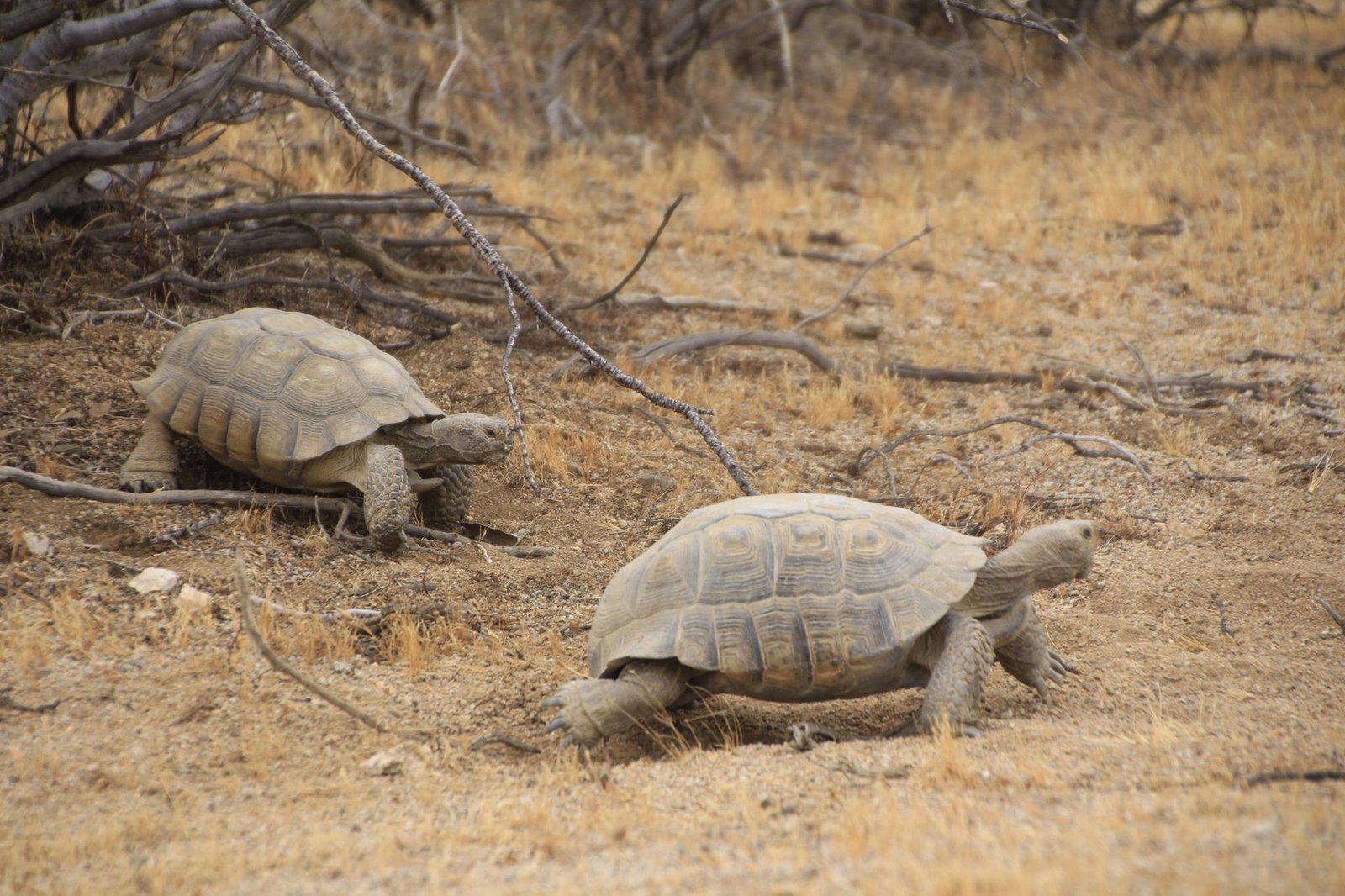
The fate of Indian Star Tortoises depends entirely on human choices made today. Without immediate action to stop illegal trafficking and protect remaining wild habitats, these magnificent creatures could disappear from their natural range within our lifetime. The window for meaningful conservation action is rapidly closing, making every effort to protect them critically important.
Future generations deserve the opportunity to witness these living stars navigating their ancient landscapes. The choice between extinction and survival lies in our collective hands, demanding both individual responsibility and systemic change in how we approach wildlife conservation. The Indian Star Tortoise’s story will be written by the actions we take—or fail to take—right now.
Conclusion
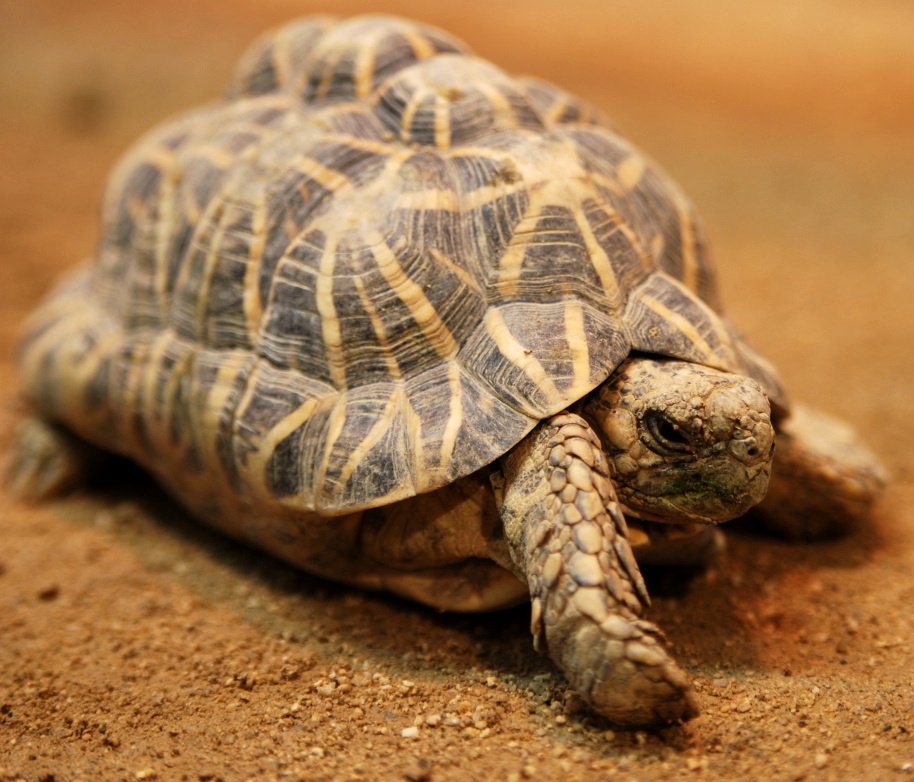
The Indian Star Tortoise stands as both a testament to nature’s artistry and a sobering reminder of humanity’s impact on the natural world. These slow-moving treasures carry millions of years of evolutionary history on their star-spangled shells, yet they face an uncertain future in a world that too often values immediate gratification over long-term stewardship.
Their survival depends on our ability to appreciate their beauty without possessing them, to support conservation efforts over convenient purchases, and to understand that some of nature’s most precious gifts are best admired from a respectful distance. The stars on their shells have guided them through countless generations—now it’s our turn to guide them safely into the future.
Can you imagine a world where these living constellations no longer grace the earth with their presence?
Hi, I’m Bola, a passionate writer and creative strategist with a knack for crafting compelling content that educates, inspires, and connects. Over the years, I’ve honed my skills across various writing fields, including content creation, copywriting, online course development, and video scriptwriting.
When I’m not at my desk, you’ll find me exploring new ideas, reading books, or brainstorming creative ways to solve challenges. I believe that words have the power to transform, and I’m here to help you leverage that power for success.
Thanks for stopping by, Keep coming to this website to checkout new articles form me. You’d always love it!






